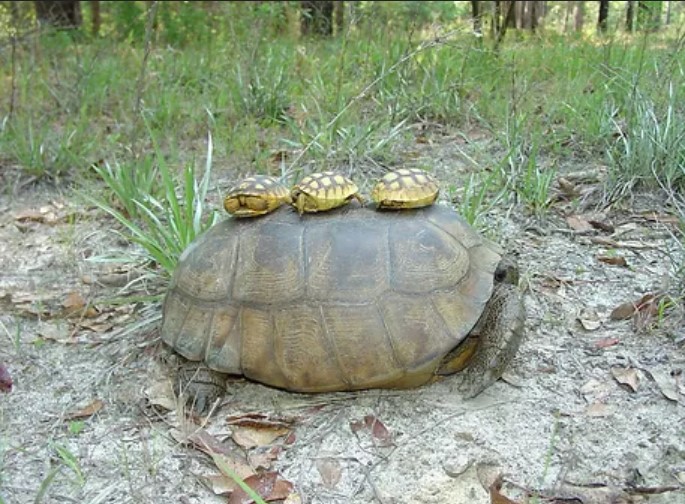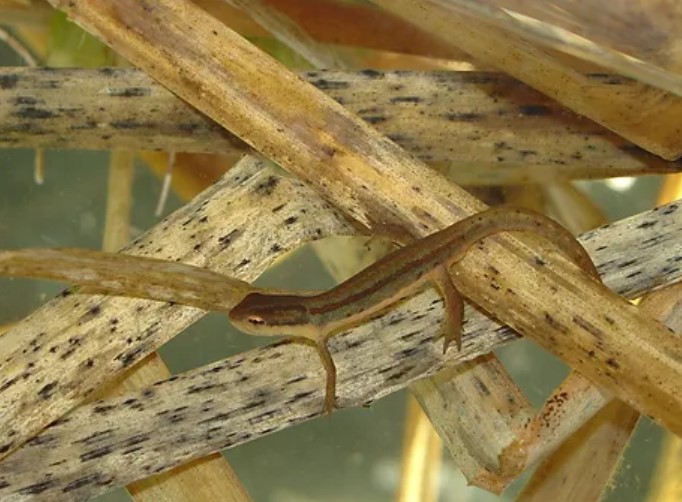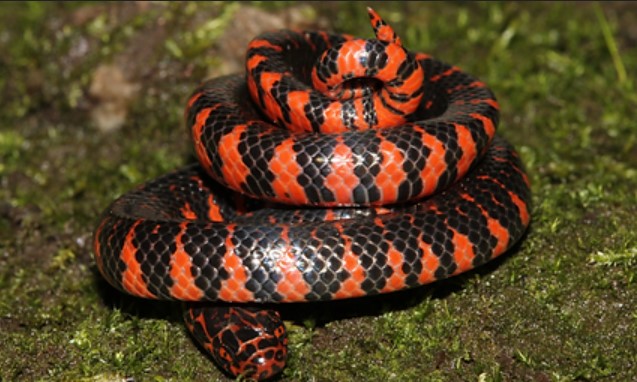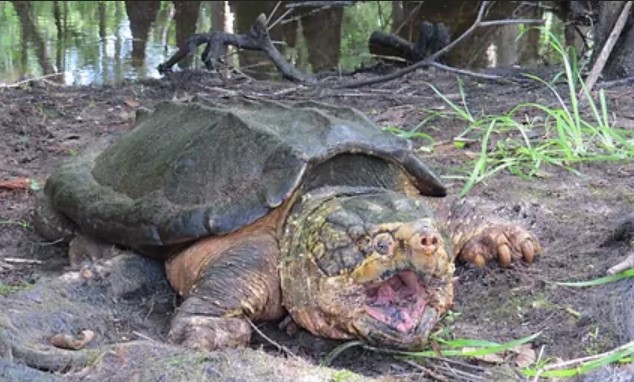Projects
AEC has been involved in many and varied projects thorughout 25 years of field experience. We welcome the opportunity to discuss your projects and develop solutions. Listed below are examples of our work.
Conservation and Ecology of the Eastern Indigo Snake (Drymarchon couperi)
From 1998-present, I have conducted mark-recapture studies of eastern indigo snakes in Georgia. These data continue to illuminate our knowledge of the species' status and distribution, growth rates, and survival/longevity (see "Publications"). I have worked to develop the best field survey methods for this impressive snake, and am a co-author of the Eastern Indigo Snake Recovery Plan Revision (U.S. Fish and Wildlife Service, In prep.).

Gopher Tortoise (Gopherus polyphemus) Surveys and Translocations
Having worked with gopher tortoises and in tortoise habitats since 1990, I have a wide breadth of expertise with this keystone species. I am especially experienced with the methods related to surveying tortoises and have conducted (in Georgia, Florida) a number of large-scale tortoise translocations (50-100+ individuals trapped and relocated at each of these sites).

Status of the Striped Newt (Notophthalmus perstriatus)
I was part of a team that investigated the historic/contemporary distribution of the Striped Newt. This longleaf pine sandhill endemic is a candidate for federal listing.

Phylogeography of the Mud and Rainbow Snakes - (Farancia spp.)
Along with scientists at the American Museum of Natural History in New York, I am studying the genetic structure of two clandestine and remarkably odd Coastal Plain snake species. Both are highly aquatic, and both are dietary specialists: mud snakes (Farancia abacura) eat elongate salamanders (amphiumas, sirens); rainbow snakes F. erytrogramma) consume American eels. Other aquatic snake species exhibit population structure coinciding with biogeographic barriers.

The Herpetofauna of the Altamaha River, Georgia
The wild and beautiful Altamaha River region of southern Georgia is home to 100 species of amphibians and reptiles, including a number of rare and declining species. The river is a notable biogeographic influence on the distribution of many species. Interestingly, and based on 20-plus years of field surveys, it appears that cottonmouths are absent from floodplain swamps along most of this river.

Surveys for the Suwannee River Alligator Snapping Turtle in Georgia
I am assisting herpetologists with the Georgia Department of Natural Resources conduct a distributional survey for this magnificent reptile. Preliminary field work in 2016 extended the known range of Macrochelys suwanniensis in Georgia (where it inhabits the Alapaha and Little River drainages) farther upstream than had previously been documented.

